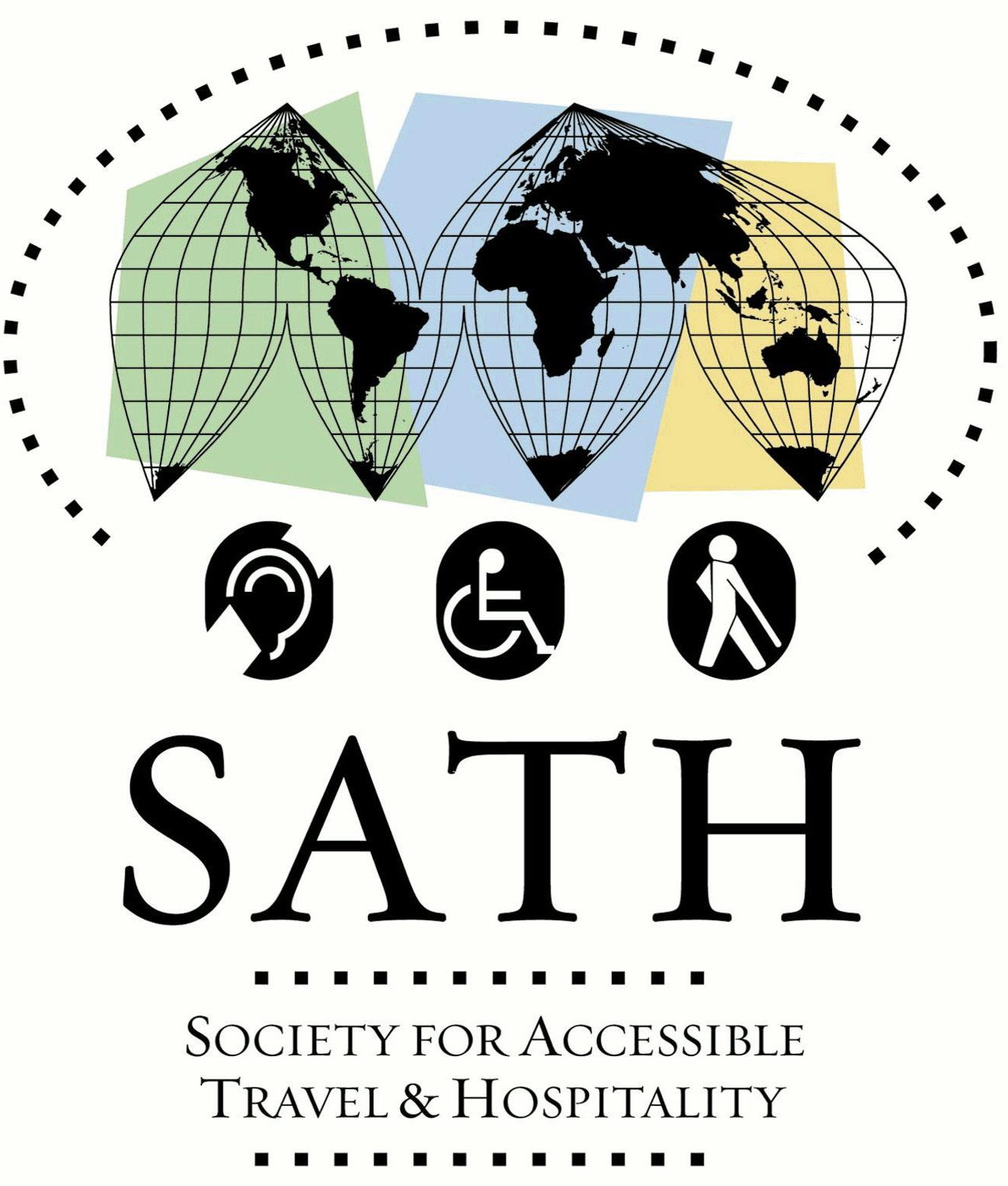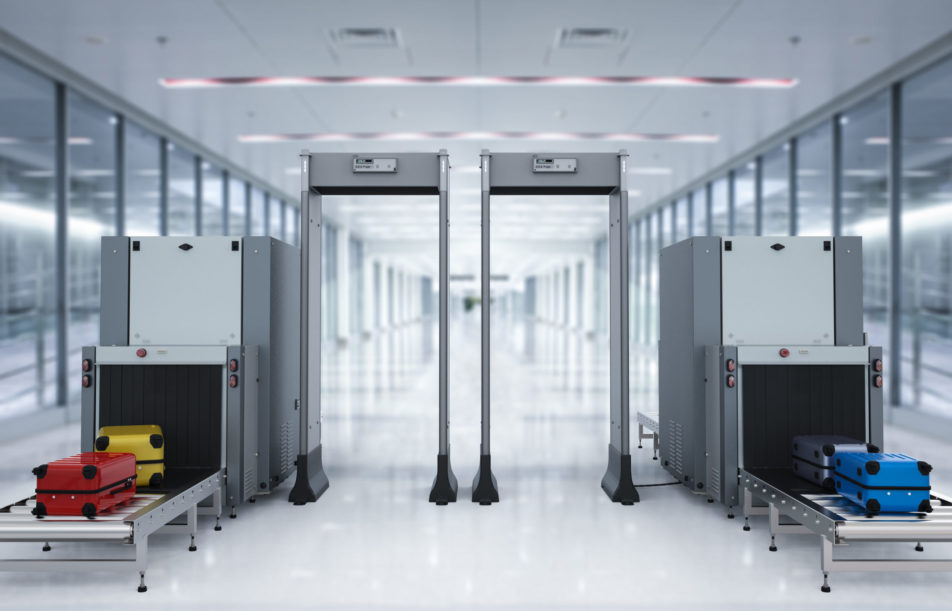Do You Have a Disability?
At the Passenger Security Checkpoint
Mobility Disability
· Don’t hesitate to ask a screener for assistance with your mobility aid and carryon items as you proceed through the security checkpoint.
· Let the screener know your level of ability (e.g., whether you can walk, stand or perform an arm lift) – it will expedite the screening process.
· Inform the screener about any special equipment or devices that you are using and where this equipment is located on your body – this will help the screener be careful during a physical search if one is needed.
· Ensure that all bags and satchels hanging from, or carried on, your equipment are put on the X-ray belt for inspection.
· Ask the screener to reunite you with your carryon items and assistive device after screening is completed.
· Let the screener know if you need assistance removing your shoes when additional screening is necessary.
· Let the screener know if your shoes cannot be removed because of your disability so that alternative security procedures can be applied to your shoes.
· Ask the screener to monitor your items during the screening process and reunite you with them and assistive devices once x-ray inspection is completed.
Hearing Disability
If the screening process is unclear to you, ask the screener to write the information down or look directly at you and repeat the information slowly.
Visual Disability
You may ask the screener to:
· Explain the security process to you.
· Verbally communicate to you throughout each step of the screening process.
· Let you know where the metal detector is located.
· Let you know when you will be going though the metal detector.
· Let you know when there are obstacles you need to avoid.
· Find someone to escort you through the security process.
· Perform a hand inspection of equipment (e.g., Braille note-takers) if the X-ray inspection will damage them.
· Reunite you with all of your carryon items and assistive devices after the X-ray or physical inspection of the items is completed, including electronic equipment which has been specially adapted for your use.
. Verbally direct you toward your gate once the screening has been completed.
Hidden Disability
Persons with a hidden disability can, if they choose, advise screeners that they have a hidden disability and may need some assistance, or need to move a bit slower than others.
· Family members or traveling companions can advise screeners when they are traveling with someone who has a hidden disability, which may cause that person to move a little slower, become agitated easily and/or need additional attention.
· Family members or traveling companions can offer suggestions to screeners on the best way to approach and deal with the person with a hidden disability, especially when it is necessary to touch the person during a pat-down inspection.
· Notify the screener if you need to sit down before and/or during the screening process.
Persons with Diabetes
· Notify the screener that you have diabetes and are carrying your supplies with you. The following diabetes related supplies and equipment are allowed through the checkpoint once they have been screened:- insulin and insulin loaded dispensing products (vials or box of individual vials, jet injectors, pens, infusers, and preloaded syringes),- unlimited number of unused syringes when accompanied by insulin, and- lancets, blood glucose meters, blood glucose meter test strips, insulin pumps, and insulin pump supplies.
· Insulin in any form or dispenser must be properly marked with a professionally printed label identifying the medication or manufacturer’s name or pharmaceutical label.
· Notify screeners if you are wearing an insulin pump and, if necessary, advise the screener that it cannot be removed since it is surgically implanted.
· Insulin pumps and supplies must be accompanied by insulin with professionally printed labels identifying the medication or manufacturer’s name or pharmacy label.
· Advise screeners if you are experiencing low blood sugar and are in need of medical assistance.
· It is recommended that used syringes be transported in your checked baggage; however, when used syringes need to be in carry-on, ensure they are in a hard, plastic-capped container (i.e. sharps disposable container) for safety and containment.
Persons with Pacemakers
· It is recommended (but not a requirement) that individuals with a pacemaker carry a Pacemaker Identification Card (ID) when going through airport security.
· It is recommended (but not required) that you advise the screener that you have an implanted pacemaker.
· Show the screener your pacemaker ID, if you have one, and ask the screener to conduct a pat-down inspection of you rather than having you walk through the metal detector or be hand-wanded.
Persons with Assistive Devices and Mobility AidsCanes, Walkers, Crutches, Prosthetic Devices, Body Braces, and Other Devices
· Crutches, canes and walkers will need to go through the X-ray machine.
· Notify the screener if your device requires special handling.
· Ask for assistance with your device(s) if you need it.
· The screener will perform a hand inspection of your equipment if it cannot fit through the X-ray machine.
· Collapse canes whenever possible before they are put on the X-ray belt.
· Once devices have been screened, screeners should hand back your device to you in such a manner that helps you proceed without difficulty.
· Screeners may need to see and touch your prosthetic devices and body braces as part of the inspection process.
· You can ask for a private screening for the inspection of your prosthetic device or body brace.
· Notify screeners if you need assistance during the inspection of your prosthetic devices or body braces such as a chair or someone to lean on.
· You may bring tools and appliances (e.g. wrenches, pull sleeves, etc.) used to put on or take off prosthetic devices through the security checkpoint once they have been screened.
Service Animals
· It is recommended that persons using a dog for assistance carry appropriate identification. Identification may include: cards or documentation, presence of a harness or markings on the harness, tags, or other credible assurance of the passenger using the dog for their disability.
· Advise the screener how you and your dog can go through the metal detector as a team (i.e. whether walking together or with the dog walking in front of or behind you while you continually maintain control of the dog with the leash and/or harness.
· The dog’s harness will likely set off the alarm on the metal detector. In such cases, screener will perform a hand inspection of the dog and its belongings (collar, harness, leash, backpack, vest, etc.) The belongings will not be removed from your dog at any time.
· If necessary, remind the screener that you should not be separated from your dog and that removal of your dog’s belongings is a sign to the dog or other service animal that it is off work.
————————————————————
————————————————————
More Info:
If you have any questions while at the airport, ask for the TSA screening supervisor. You may also contact the TSA Consumer Response Center toll-free at 1-866-289-9673 or email TellTSA@tsa.dot.gov.
Information will be updated from time-to time. We recommend that you periodically check the website at www.TSATravelTips.us to obtain the latest.

